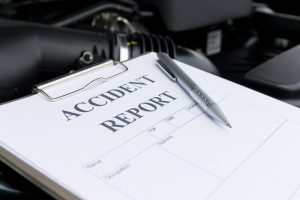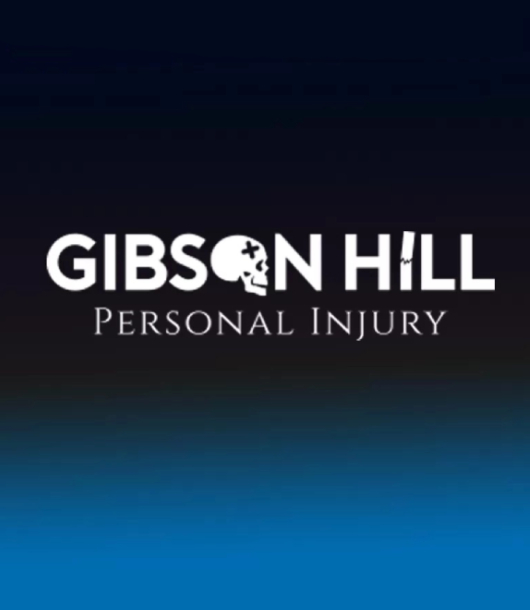 When you receive your copy of the Texas Peace Officer’s Crash Report, you will get a four-page document filled with many code numbers and little checkboxes. Despite the perplexing numbers and tiny boxes, the report clearly explains what the officer believes happened at the accident scene.
When you receive your copy of the Texas Peace Officer’s Crash Report, you will get a four-page document filled with many code numbers and little checkboxes. Despite the perplexing numbers and tiny boxes, the report clearly explains what the officer believes happened at the accident scene.
When you receive your copy, you should review it carefully. Mistakes can happen, and your recollection may not match what was recorded in the official report. You should carefully note any differences so your attorney can change the report if necessary.
Page One – About the Crash
The front page is about the people involved in the accident.
The Texas DOT’s address and incident number are at the very top. A line also says, “Page 1 of __”. Pay close attention to this. If it says “1 of 3,” and you only received two pages, your attorney will need to look for the missing page.
The next section describes the location of the accident, the city or county, the street name or highway, the nearest address or intersection, and any road signs or markers.
Below are two sections, for “Driver 1” and “Driver 2,” their passengers and vehicles. These sections contain all information about the drivers, including names and addresses, insurance information, license numbers, and whether a field sobriety test was administered.
If more than two drivers are involved, additional pages will be added. A checkbox notes whether fire or EMS narratives are attached if any passengers were extracted or treated on the scene.
Page Two – Narrative and Citations
The back of page two is about the outcome of the accident.
The top section lists any injuries to anyone at the accident scene, where they were taken, and what agency took them from the scene. If anyone was pronounced dead at the scene, that time will be noted on the report.
Below that is a section listing any citations issued, which individuals received them, and the code sections that were violated. There is also space for information on property damage and commercial vehicles.
The bottom half of the page consists of a written narrative and a scene diagram. The officer writes their impressions and actions in the narrative box and adds any explanations for areas where the codes are insufficient or not available.
The diagram should show the approximate location of the vehicles relative to each other and the roadway, with any important landmarks and directions of travel for both vehicles. Pay careful attention to this section. Police are no better at map drawing than anyone else, and their drawings may not match the photographs of the scene.
At the bottom, the officer who wrote the report signs their name and provides their badge or ID number. The report should also have their supervisor’s name and number, indicating that the report was reviewed. If the report does not have both signatures, it may mean it was not reviewed before filing.
Pages Three and Four – Codes
 The report includes two pages with all the code numbers and letters used on the previous two pages. Rather than long checklists or having officers write everything out by hand, Texas officers write their reports using numbers and letter codes from a preset list.
The report includes two pages with all the code numbers and letters used on the previous two pages. Rather than long checklists or having officers write everything out by hand, Texas officers write their reports using numbers and letter codes from a preset list.
For instance, in the “Sequence of Events” checkbox on the first page, “1” means “Non-Collision: Ran Off-Road,” and “12” means “Collision: Involving Pedestrian.” There are twenty options for the Sequence of Events, and the officer can write out anything that isn’t covered in the narrative.
Page Five – Continuation Page
The space for the narrative on page 2 is very small so you might receive an additional “continuation” page. This gives the officer more room to describe the accident scene. They can list additional passengers or witnesses or provide information about additional vehicles.
In a multi-car accident, this page may include a larger scene map and additional notes showing directions of travel and vehicle locations.
The DOT does not keep police photographs or videos. If police investigators took these at the scene, they will not be appended to your report. You will need to request them directly from the responding agency.
Contact Us
If you need help reading your accident report, call the Texas motor vehicle accident lawyers of Gibson Hill Personal Injury at 713-659-4000. Our legal team will explain the codes and help you obtain any photos or videos that may have been taken. We can also help you file your claim if necessary. Call us today.
Related Posts
Why It’s Important to ALWAYS Call the Police After an Accident
Top Signs I Picked the Right Attorney for My Claim
Four Things You Should Never Say After a Car Crash
Who Pays for a Rental Car After a Car Accident in Houston, Texas?




